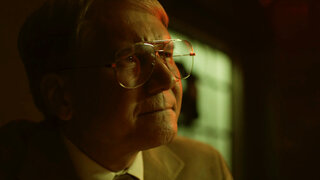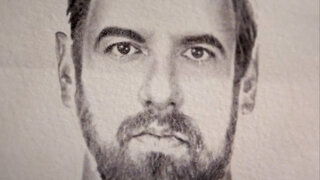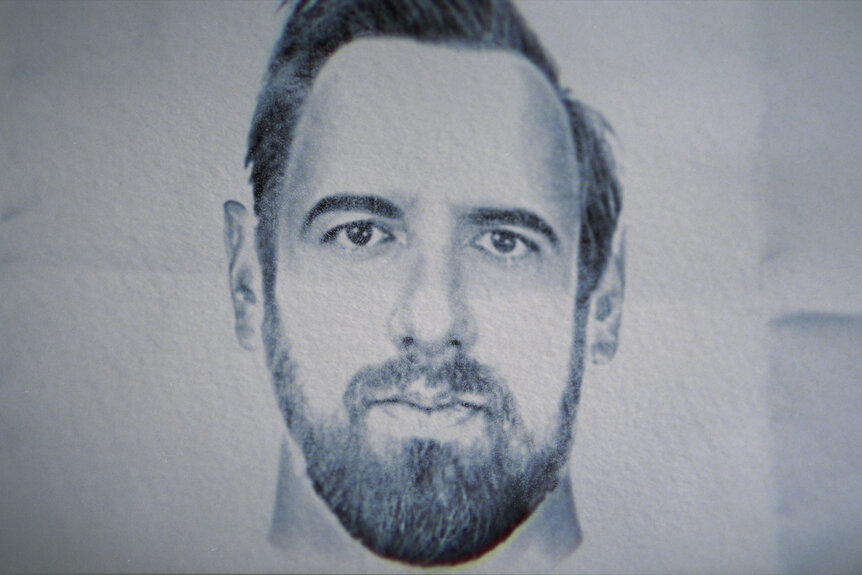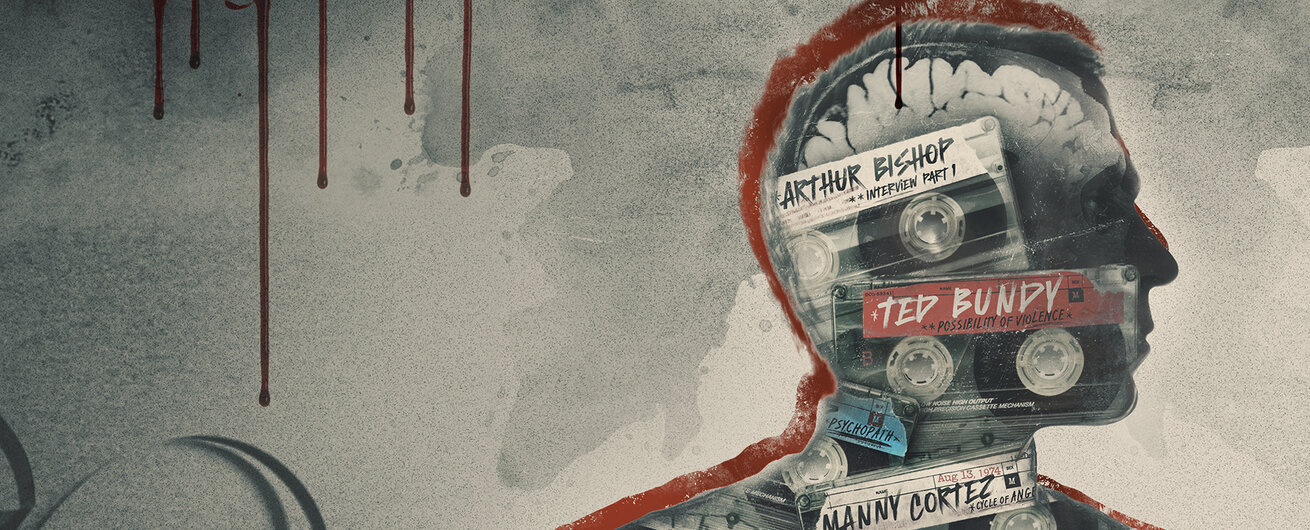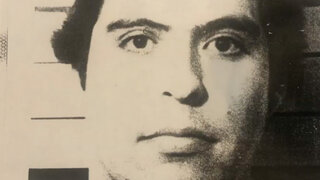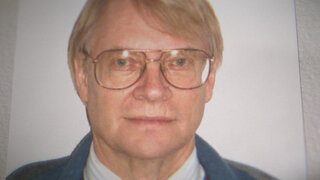Create a free profile to get unlimited access to exclusive videos, breaking news, sweepstakes, and more!
Man Pleads Guilty To Killing Wife's New Boyfriend, But Was He A Victim Of Multiple Personalities?
Don York claimed to have no memory of shooting his wife Pat or her new love interest, but under hypnosis, York revealed some startling claims about the night of the shootings.
Don York was going through a bitter divorce when he burst into his wife’s home and shot her in her bed, leaving her severely injured and her new boyfriend dead.
York would turn himself in to the police station that same night, but claimed to have no memory of the shootings.
“There was a fight. There was one shot fired. That’s all I know,” York would later tell Utah State Prison clinical psychologist Al Carlisle after pleading guilty to first-degree attempted murder and second-degree murder in October of 1984, according to Oxygen's Violent Minds: Killers on Tape.
Although York had already admitted his guilt in court, Carlisle — an accomplished psychologist who once evaluated serial killer Ted Bundy — was tasked with conducting a 90-day evaluation on York in February of 1985 to determine why York didn’t remember carrying out the violent acts.
RELATED: Hypnosis Reveals Inmate's Suspected Alternate, And Deadly, Personality
Carlisle would ultimately come to a startling conclusion. He believed York suffered from multiple personality disorder — now known as dissociative identity disorder — and had carried out the slaying while acting as a separate personality, ominously known as "Dan Hell." But did York really suffer from the mental condition or was he simply trying to find a way out of his conviction?
At the time of the brutal homicide, York and his wife Pat had been going through a bitter divorce. The couple had once run a successful business, bidding on government contracts for janitorial work, but there was growing tension about what would happen to the business in the aftermath of their split.
“We were yelling back and forth on the phone and I was upset and she was upset,” York later told Carlisle of the fight on June 17, 1984. “It was about the business.”
And there was something else bothering York too. York’s 40-year-old wife Pat had started dating a much younger man, 25-year-old Jeff Longhurst.
"Supposedly she promised Jeff a great job in her company and that’s when Donald York decided to come and do damage to his wife,” Jeff’s older brother Scott Longhurst told Violent Minds: Killers on Tape.
Enraged, York left his home in California, got onto a plane and flew to Utah, going straight to Pat’s home, where he found the new couple together in bed.
Bountiful Police Officer John Hadlow said investigators believe York then opened fire, injuring his wife and shooting Longhurst but the 25-year-old tried to fight back, pushing the fatal confrontation into the hallway.
“They fought all the way down the hallway,” Hadlow said. “We’re pretty sure that York had taken the butt of the gun and was hitting him on the head trying to stop him and when he got to the door the shots that he took finally kicked in and he dropped over and that’s where we found him.”
York and Pat’s traumatized 21-year-old daughter Anita had also been home and witnessed the violence. She frantically placed a call to 911 after her father fled to try to get help for her mother.
Police arrived and found Longhurst dead just inside the home’s entryway. Pat was found bleeding on her bed and rushed to the hospital.
While investigators were still trying to piece together what happened, York arrived at the police station and turned himself in.
"When I left that house the only thing I knew of was that me and Jeff had a fight. And I knew they were gonna go to the cops," he told Carlisle. “I went to the police department.”
He was arrested that same day and pled guilty months later, but when he met with Carlisle in February of 1985 he told the psychologist he had no memory of the crime.
“When I left that house I went right out the door, went right to the police department,” York said. “I didn’t know that that anybody was hurt. I just figured, you know, assault and battery. I say, ‘I’ve come to turn myself in.'"
Using hypnosis, Carlisle discovered that York had an alternate “take action” persona he called “Dan Hell” who claimed responsibility for the more violent acts.
Under hypnosis, Dan Hell described getting the phone call from Pat and thinking that he was going to “fix that b-tch” before deciding to go to the airport and buy a plane ticket.
“I can’t make Jeff withdraw from my family,” he said of why he made the decision. “York won’t do it. Son of a b-tch and chicken.”
Dan Hell then described shooting his wife and fighting with Jeff.
“I shot that b-tch right in the stomach,” he said, according to the recordings of the prison sessions.
Carlisle was tasked with determining whether York’s claim of having an alternate personality was true and looked into York’s past. A hallmark of those who develop the disorder is often a traumatic childhood, and in the case of men, it’s often beatings, Carlisle would later tell a group of investigators.
Under hypnosis, Dan Hell described a violent beating from his father that sent him to the hospital as a child.
“He tied me to a bed and just beat me until I couldn’t do anything,” he said.
Dr. Paul R. Puri, a psychiatrist specializing in hypnosis and dissociative disorders listened to the recordings today and said the early childhood trauma and Dan Hell’s description of being created to save York from having to experience traumatic experiences “all like tracks” with what psychiatrists know about dissociative identity disorder.
“That’s how the memory separation, how the compartmentalization, the amnesia all starts,” Puri said.
But under hypnosis, Dan Hell made a surprising assertion. He claimed that the night of the murder, he fought with Jeff in the hallway, using the gun to beat him, but that his daughter Anita had been the real shooter. He claimed she picked up the gun when it fell and fired two shots into Jeff as the men fought.
“She had to protect me,” he said.
There was no supporting evidence to suggest Anita had been the shooter.
“I think he’s just trying to justify in his own mind what he did,” Hadlow said.
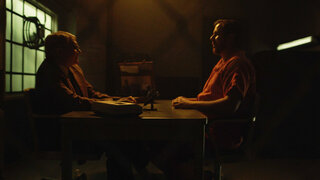
When Carlisle completed his 90-day evaluation, he concluded that York suffered from multiple personality disorder. Once the court documents were filed, York’s attorneys used that to argue that once Carlisle helped him overcome his amnesia he no longer believed he was responsible for the murders and claimed when he entered the guilty plea he wasn’t competent because of the mental health condition.
During York’s post-conviction hearing, Carlisle testified that he still believed that York still probably suffered from multiple personality disorder, but also believed he would have been able to “think rationally” and “form a mental intent to kill” before the crime and would have been able to competently assist his attorney during the legal proceedings.
York’s appeal to reverse his plea was denied by the post-conviction evidentiary court in July of 1991.
It’s still unclear whether York was a true victim of dissociative identity disorder.
“I’m still not sure that Don York didn’t have dissociative identity disorder. There’s nothing here that said to me this is very clearly being faked,” Puri told Violent Minds: Killers on Tape. “What Dr. Carlisle did, from my perspective, was exploratory work for our continued understanding of the way that these cases present.”
York served 18 years in prison for attempted murder and second-degree murder before he was released in 2002.
